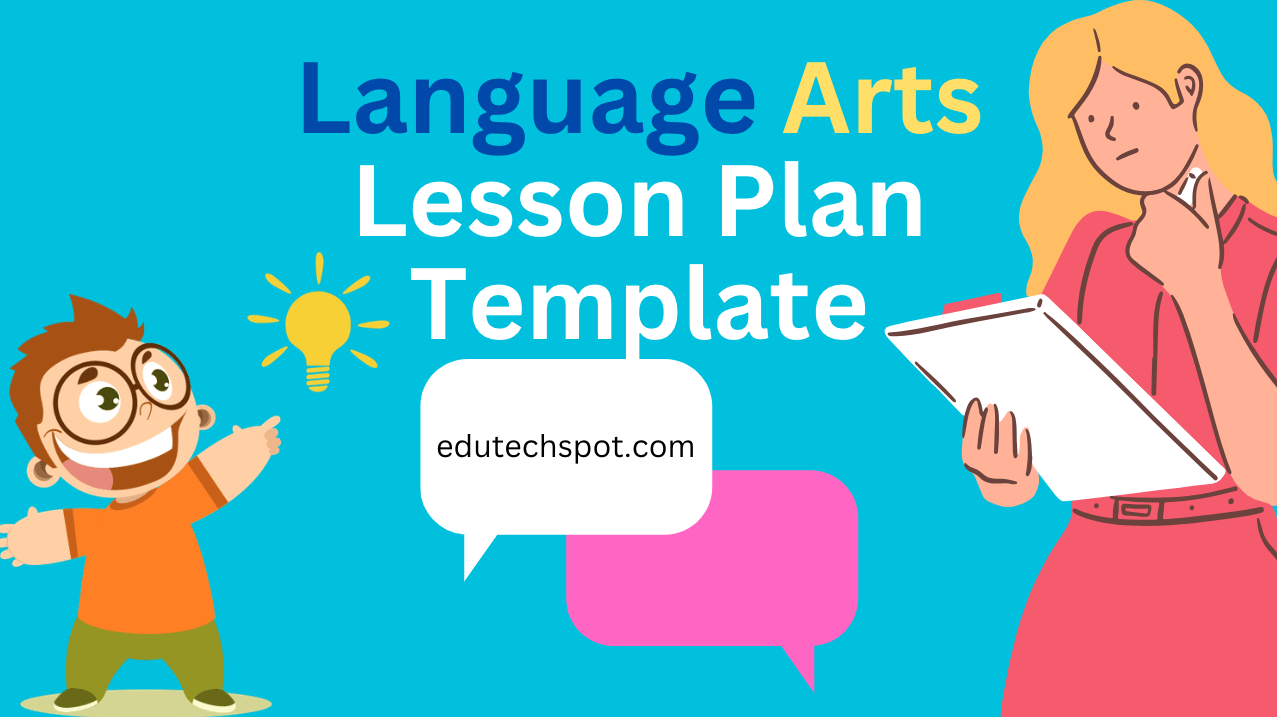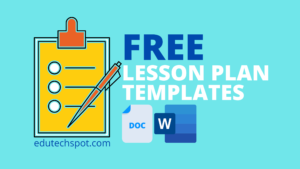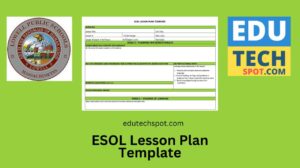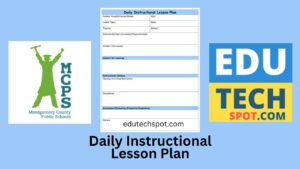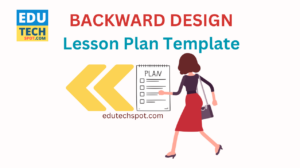Language Arts Lesson Plan Template. In the dynamic landscape of education, crafting effective lesson plans is crucial for fostering a rich and engaging learning experience. For language arts teachers, the development of well-structured lesson plans is an art in itself. Use these Lesson Plan templates to start from:
Language Arts Lesson Plan Template and Examples
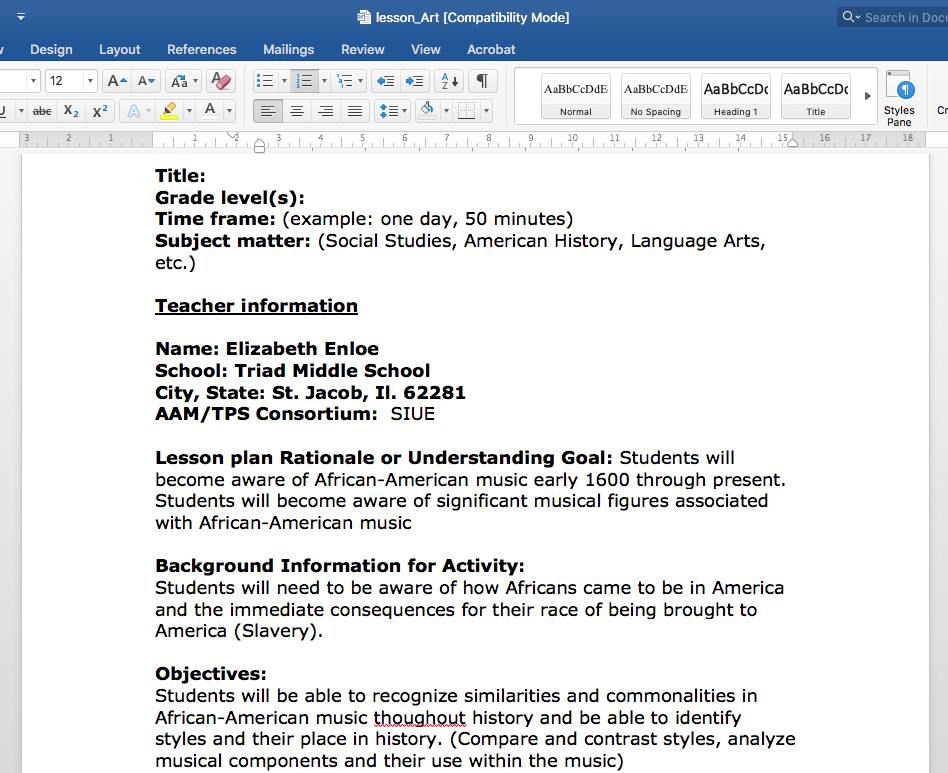
Simplify your lesson planning process with this straightforward and organized ELA lesson plan template. Designed to be both simple and efficient, this template encompasses all the essential details required to create a standout lesson for English Language Arts. Download this product for free and easily customize the document to align with your specific requirements!
Included in the format are key details like unit, topic, class size, standards, materials/resources, LEQ (Lesson Essential Questions), activating strategy, instructional plans, assessment method and skills assessed, summarizing strategy, differentiation, and reflection. Tailored especially for secondary ELA, this template is an ideal tool for crafting effective and engaging lessons.
ELA Lesson Plan Examples
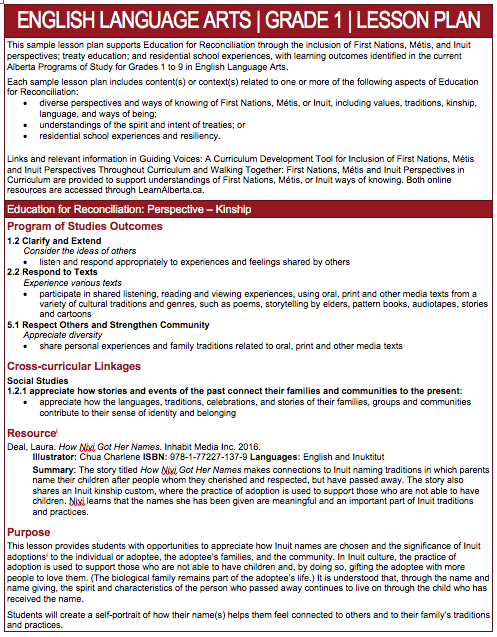
This Grade 1 English Language Arts lesson plan is meticulously crafted to align with the principles of Education for Reconciliation, emphasizing the incorporation of First Nations, Métis, and Inuit perspectives into the curriculum. The focal point of this lesson is the exploration of Inuit kinship and naming traditions through the narrative lens of “How Nivi Got Her Names” by Laura Deal. The overarching objective is to instill in students an appreciation for how names are chosen in Inuit culture, shedding light on the profound significance of Inuit adoptions. Through a multifaceted approach, students engage in activities such as reading the book aloud, participating in reflective discussions, and creating self-portraits. These self-portraits serve as a medium for students to introspect on the importance of their own names and their connections to family traditions. The lesson plan seamlessly integrates cross-curricular linkages with Social Studies, emphasizing the relevance of stories and events of the past to the present. Furthermore, an extension activity involves exploring nicknames through the book “A Name For A Métis,” fostering a deeper understanding of how names can be imbued with meaning. The assessment strategy encourages students to showcase their comprehension of how names are chosen based on cultural and family traditions, ensuring a holistic and culturally enriched learning experience. With an array of resources provided for teacher background knowledge and further exploration, this lesson plan exemplifies a comprehensive and inclusive approach to English Language Arts education for Grade 1 students in Alberta.
What is ELA Lesson Plan?
ELA stands for English Language Arts, and an ELA lesson plan is a structured outline that guides educators in delivering effective instruction in the English language arts subject. English Language Arts typically encompasses various components, including reading, writing, speaking, listening, and language skills. The lesson plan serves as a roadmap for teachers, detailing the objectives, activities, assessments, and resources to be used during a particular lesson.
An ELA lesson plan typically includes the following components:
- Objective or Learning Outcome: Clearly defined goals that specify what students should know or be able to do by the end of the lesson.
- Introduction: Engaging activities or discussions to capture students’ attention and introduce the topic or concept.
- Instructional Input: The main body of the lesson where the teacher provides information, explains concepts, and demonstrates skills. This may involve reading texts, discussing grammar rules, or exploring literary elements.
- Activities or Practice: Opportunities for students to apply what they have learned through activities, exercises, or assignments. This can include individual or group work, writing tasks, or interactive discussions.
- Assessment: Methods to evaluate students’ understanding and progress. This could involve quizzes, discussions, presentations, or written assignments.
- Closure: A conclusion to the lesson that summarizes key points, provides clarity on the lesson’s objectives, and connects the current lesson to future learning.
- Homework or Extension: Optional assignments or activities for students to reinforce their learning outside of the classroom.
ELA lesson plans can cover a wide range of topics, from literature analysis and creative writing to grammar instruction and language skills development. The structure and content of the lesson plan may vary based on the grade level, specific learning objectives, and the teaching style of the educator. The ultimate goal is to create a well-organized and engaging learning experience for students to develop their English language proficiency.
More on Lesson Plan Category
